“The base will not be sufficient.”
With owlish understatement, the chief medical officer for England, Chris Whitty, made clear that Boris Johnson’s three-tier local lockdowns, which the prime minister had just set out alongside him in Downing Street, would not curb the second wave of coronavirus crashing over England.
Just hours later, a startling late-night document dump from the government’s Scientific Advisory Group for Emergencies (Sage) confirmed in stark terms that Johnson had parted ways with his scientific advisers.
With Sage’s call for action out in the open, it became clear that the national consensus in the fight against coronavirus, increasingly strained over the past six months, had ruptured. From Andy Burnham on the steps of Manchester city hall refusing to allow his city to become the “canary in the coalmine”, to furious Conservative MPs attacking the health secretary, to Keir Starmer calling for a “circuit breaker”, the prime minister was beset by critics on all sides.
And with winter approaching, there were growing concerns in government about the public’s willingness to comply with measures they could see being attacked from across the political spectrum.
The seeds of this week’s disarray were sown almost a month earlier. Whitty and the chief scientific adviser, Patrick Vallance – CMO and CSA as they are known in Whitehall – briefed Johnson on 16 September about what one person present called the “terrifying reality” of allowing the virus to go unchecked.
But eight months into the pandemic, Downing Street is unashamedly listening to other voices. “People will look at Sage papers and go, ‘Oh, they’re not following the science’, but Sage is only one part of the decision-making process, and always has been,” said a Downing Street aide.
Many key decisions are made by the Covid operations committee, which receives, as well as scientific papers, economic analysis, reports from the NHS and NHS Test and Trace, and gives updates on how other governments are managing the crisis.
“Fundamentally, this has always been the challenge the prime minister has,” the aide said. “Pretty much everyone else has a focused area. Understandably, because that’s their job – you have Alok [Sharma] looking at the impact on businesses, Rishi [Sunak] looking at the wider economy, Matt [Hancock] looking at health costs. The PM’s the one who has to tie all that together.”
Sunak allies say the chancellor is relentless in questioning the data and “pushy” where he feels ministers are parroting their department’s line without analysis to back it up. “There have been times when he’s been, like, ‘Sorry, what’s your basis for X?’, and it falls apart.”
Hancock was pressing for tough action to be taken urgently – but focused on the worst-affected areas.
By Monday 21 September, it was becoming increasingly clear inside government that Johnson had decided to try to walk a middle course, between the alarmed scientists and the lockdown sceptics in his party, including the chancellor.
“‘Circuit breaker’ felt a bit like a hammer to smash a walnut,” says a government source about the discussions that weekend, which went on late into Sunday night. “When you’re looking at cases in the south-west and south-east, to cripple those economies and totally ruin lives in a different way would feel a disproportionate response.”
While No 10 was quietly shifting towards a largely local approach, the experts on Sage were determined to send a strong message to Downing Street as they fired up Zoom for their 58th meeting on Monday 21 September.
Over the weekend, they had had time to read an eight-page paper summarising “the effectiveness and harms of different non-pharmaceutical interventions”. It was co-written by a number of Sage experts, with a cover note from Prof John Edmunds, dean of the faculty of epidemiology and population health at the London School of Hygiene and Tropical Medicine.
While most Sage papers are technical and dry, this one was different. The language was frank and bleak. It spoke of coronavirus cases rising around the country and intensive care beds filling up. A failure to act immediately, it warned, would unleash an epidemic with “catastrophic consequences”.
Most of those taking part in the meeting knew this all too well. From the opening moments, it became apparent that everyone felt the same: the situation demanded action, and fast.
They concluded that no single intervention would get on top of the outbreak. A second document, circulated before the session, gave the numbers: the impact different restrictions would have on R, which must be below 1 for the epidemic to shrink. At the time, Sage’s national estimate for R was 1.1 to 1.4. Close all bars, pubs, cafes and restaurants and R might fall by 0.2. Close the schools and it could fall by as much as 0.5.
Play Video
4:30
Boris Johnson delivers statement on new three-tier coronavirus restrictions for England – video
In the event, the experts proposed a package of interventions – “required urgently” – to push the rate of new infections down and prevent the epidemic spiralling out of control. On the shortlist were a circuit breaker, or two-week mini-lockdown; advice to work from home where people could; a ban on indoor mixing with other households; the closure of all bars, restaurants, cafes, indoor gyms and services such as hairdressers; and for all university and college teaching to be online unless absolutely essential.
They felt a two-week circuit breaker was particularly appealing. The mini-lockdown could replace two weeks of growth with two weeks of decline, pushing the epidemic back four weeks. England’s struggling test and trace system would likely catch more people. An inexorable rise might become a sequence of smaller, sawtooth peaks. All the measures had downsides, but doing nothing was worse. When the meeting wrapped up, the consensus was clear: England needed decisive action.
Yet the following day, when Johnson announced new restrictions, it became clear that Sage’s call to arms had gone unheeded. The centrepiece was a 10pm curfew on hospitality – and a reversal of Johnson’s message, a few weeks previously, to go back to the office.
Some Conservative MPs welcomed the prime minister’s willingness to deviate from the path set by the scientists. One former cabinet minister praised Johnson for his leadership. “Once you say publicly that you’re following the science, then you basically have to do everything that Chris Whitty says, and I think that’s very unhealthy, because that’s asking him to do something that he’s not actually qualified to do,” he said.
One Whitehall source remarked waspishly that if the government had followed Sage, “we would never have come out of lockdown”, adding, “They’ve always wanted to let nothing happen.”
Sceptics about the circuit-breaker plan argue that it merely buys time. “It doesn’t change the fundamental path of the virus. The argument that it changes the trajectory is scientifically wrong. Unless you’re expecting it to change behaviour, in which case it’s not a circuit breaker, it’s about frightening people, and there are better ways of doing that.”
Johnson has ignored the science and blown our chance to stop a second wave | Stephen Reicher
Read more
But in the face of the government’s lack of action, Sage members turned to the media to hammer home their point. Edmunds and Graham Medley, a member of Sage and professor of infectious disease modelling at the London School of Hygiene and Tropical Medicine, went public with some of their concerns.
But inside government, negotiations were ongoing about the details of a three-tier local Covid alert system. Insiders said this was actually Hancock’s idea. “He’s pleased that approach has won out,” a source said, describing the policy as a result of the “healthy challenge” between those with different responsibilities.
Among the scientists, however, frustration was evolving into alarm and fear. At a subsequent Sage meeting, Whitty looked “quite murderous”, one researcher was told after the session.
It was his Sage co-chair, Vallance, who decided to publish the minutes of the committee’s fraught discussions of September. The timing was striking: it was the earliest moment Vallance could have made them public – and it dramatically reignited the public debate over a circuit-breaker lockdown.
The release of the papers had been signed off by the Cabinet Office. Downing Street hoped the more extreme options laid out would help reassure anti-lockdown renegades on the Tory benches that far from taking an extreme course, the prime minister was holding the line.
Instead, Steve Baker and his band of rebels underlined the prime minister’s fragile base by delivering a carefully calibrated symbolic rebellion, with 42 Conservative MPs voting against the government.
The sharp contrast between the scientists’ evident alarm and the government’s modest measures hadn’t gone unnoticed by Keir Starmer. “Constructive opposition requires a constructive government,” said one source close to the Labour leader. “There’s a frustration that every time we put a proposal, it’s dismissed, only to be adopted a couple of weeks later.”

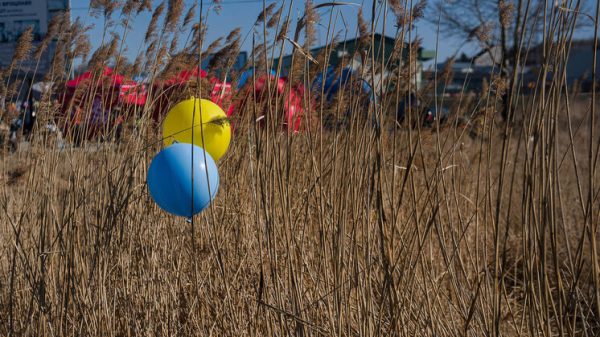

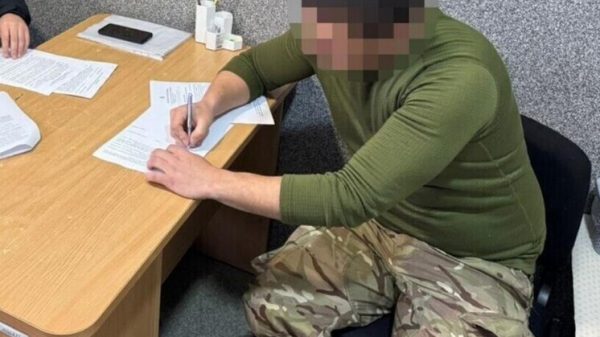

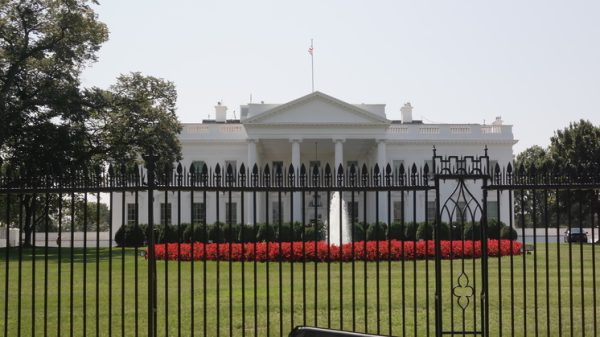

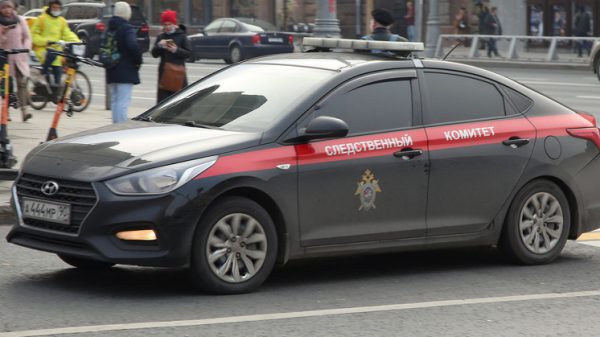
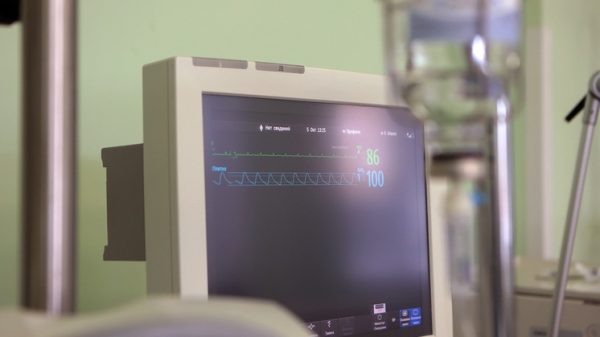
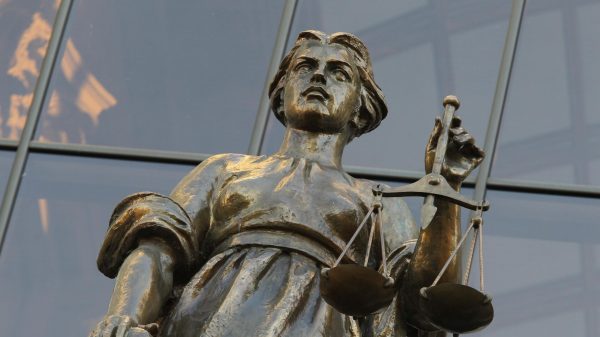
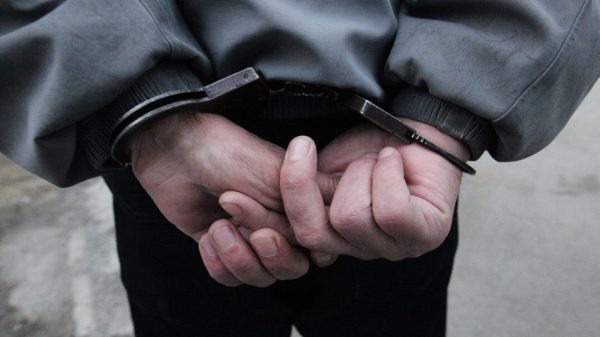
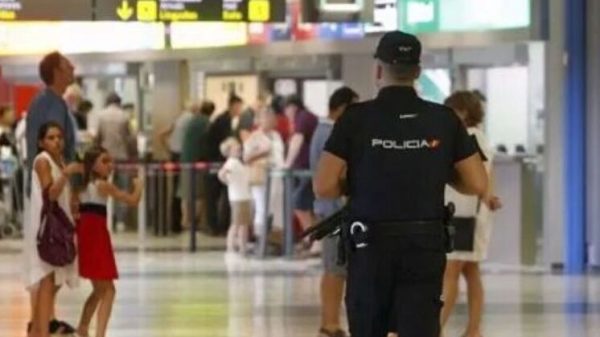
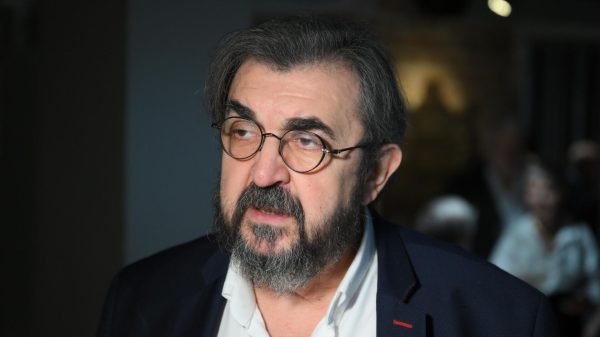
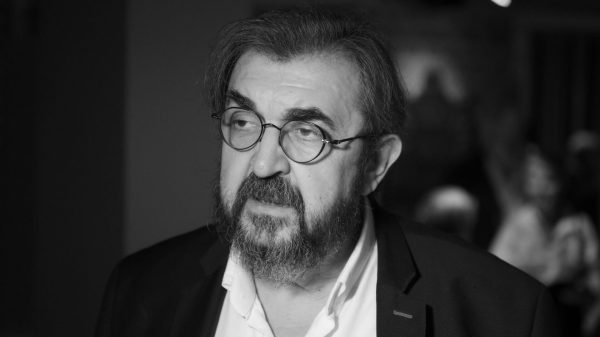
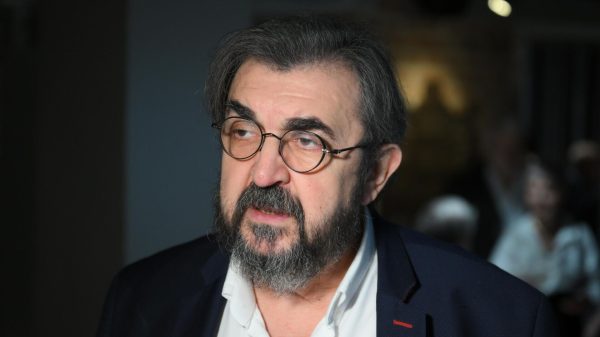
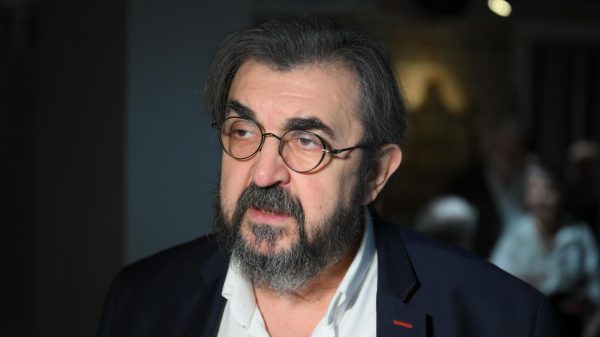
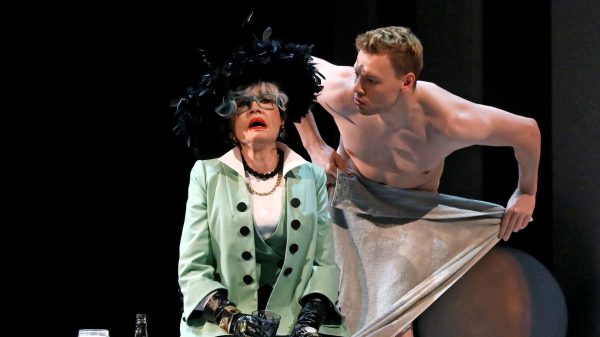


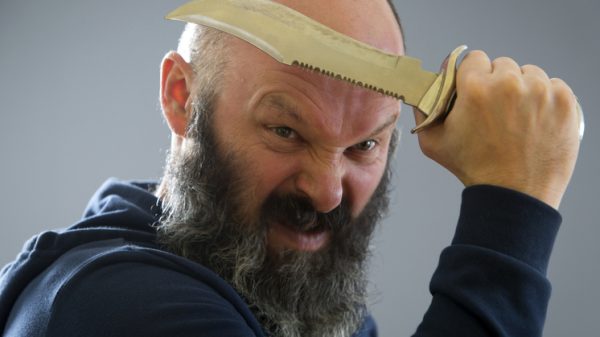
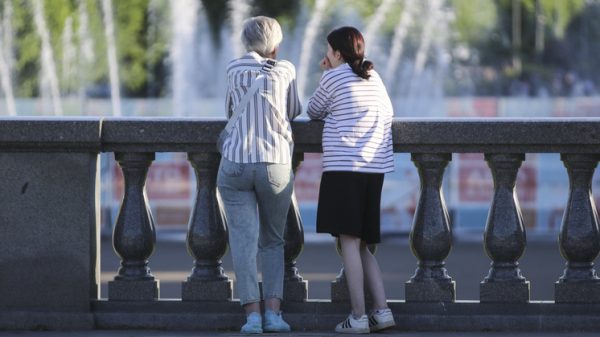
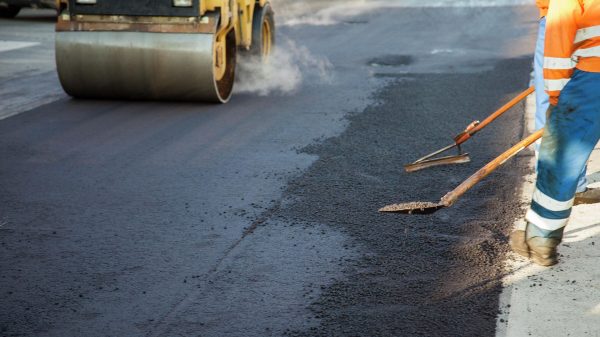








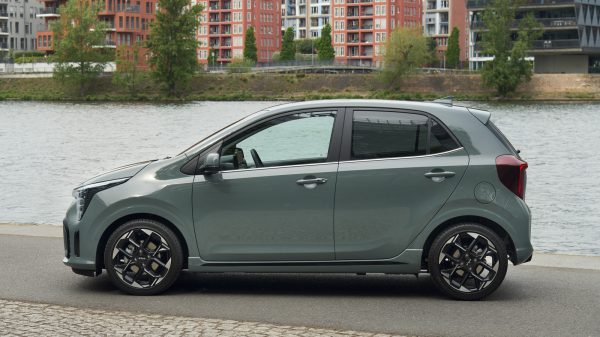

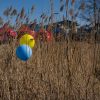


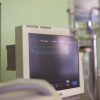
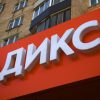




















Свежие комментарии